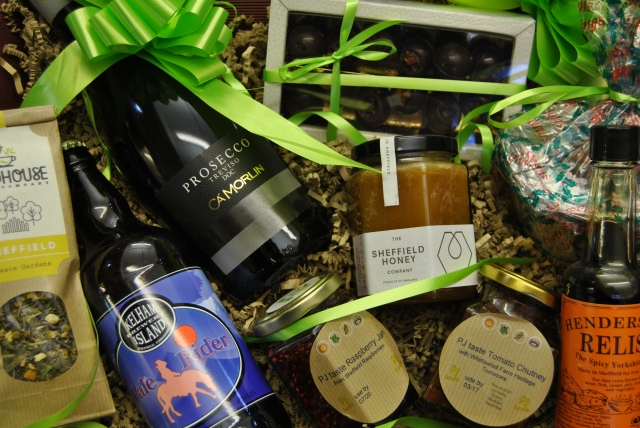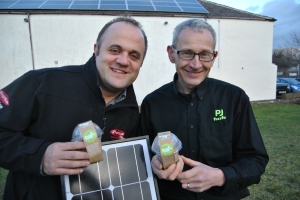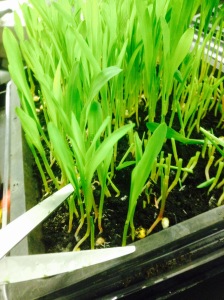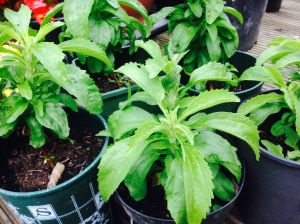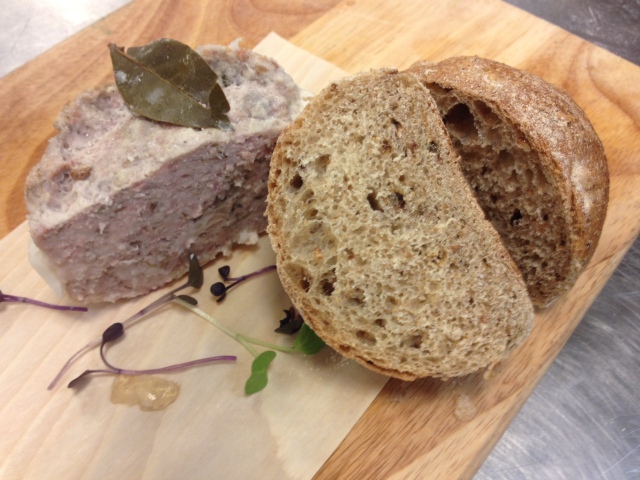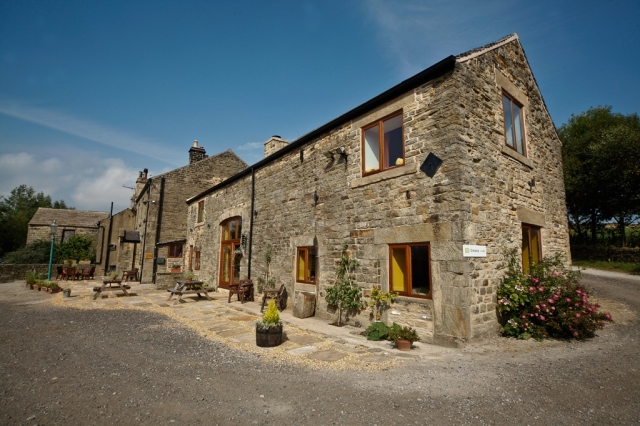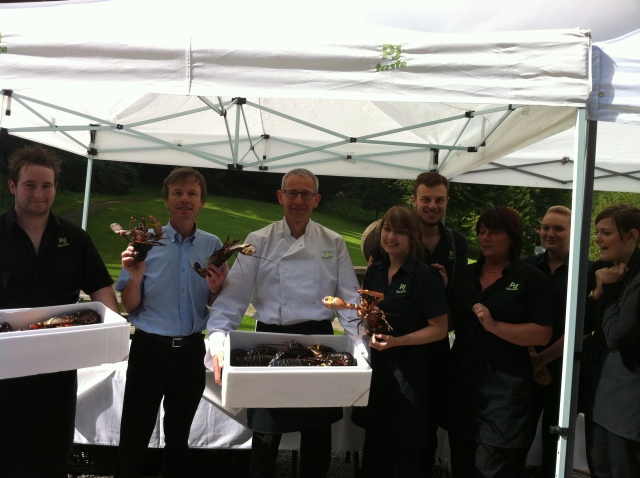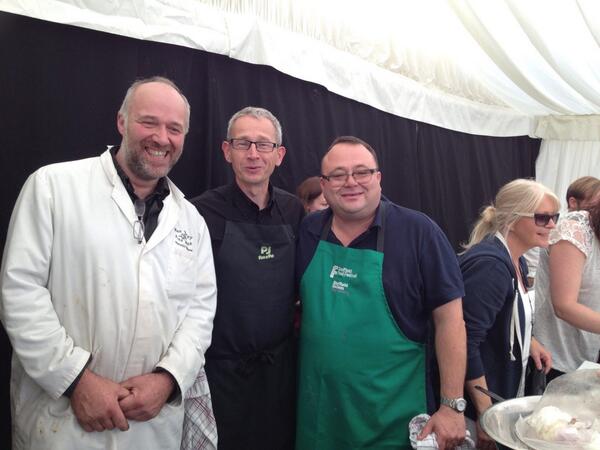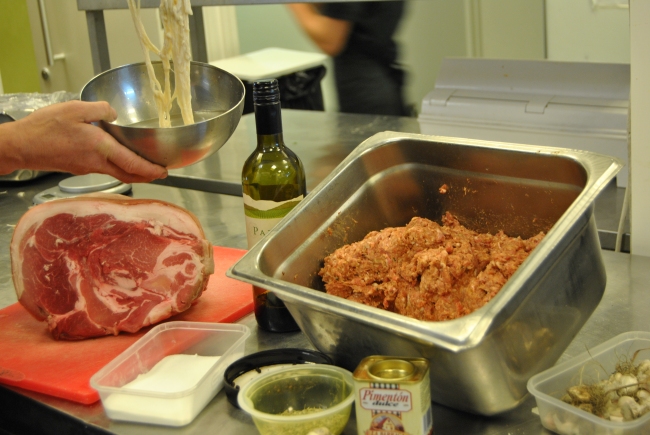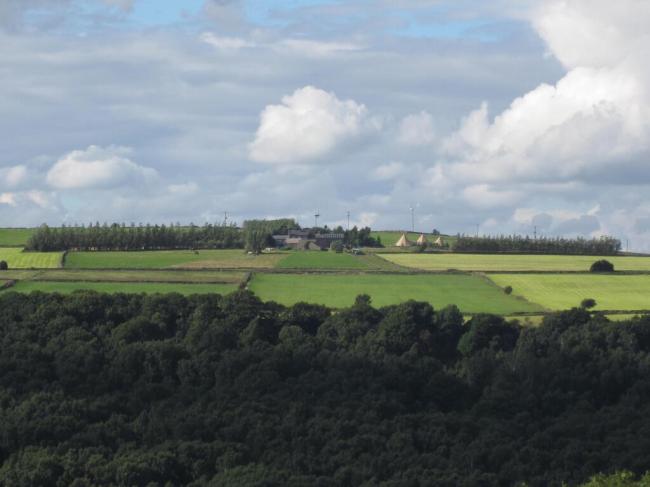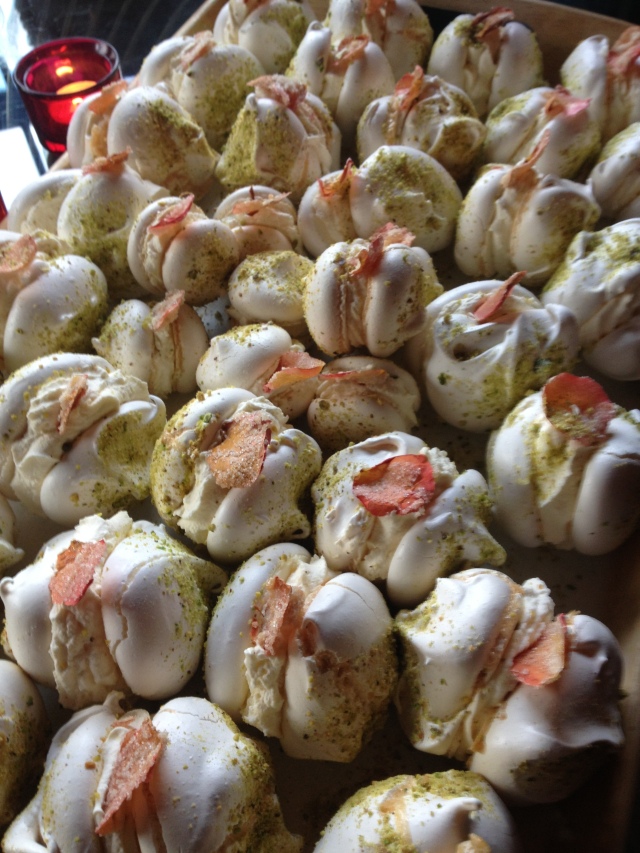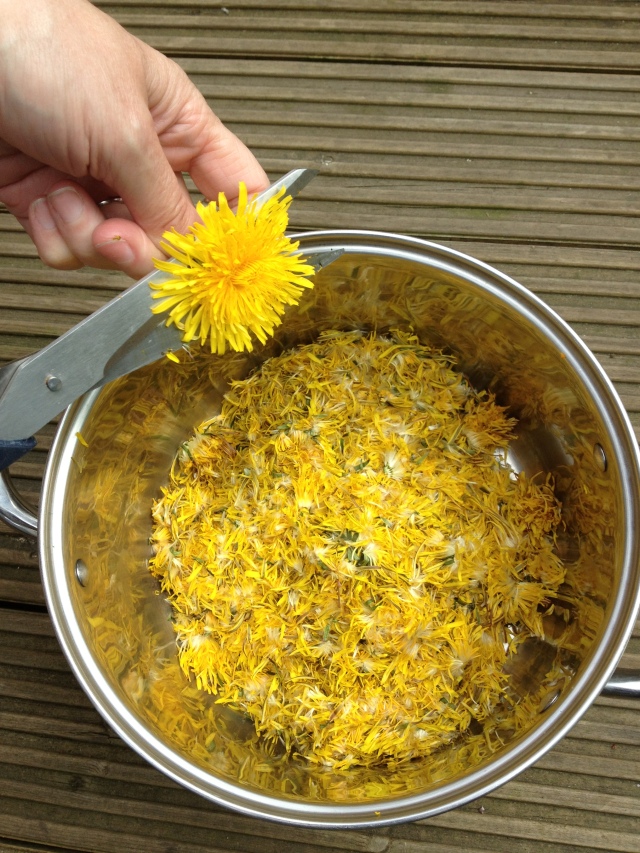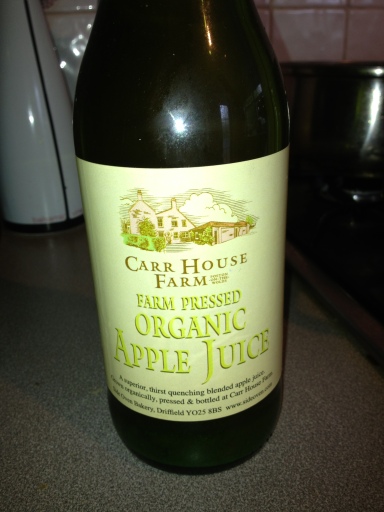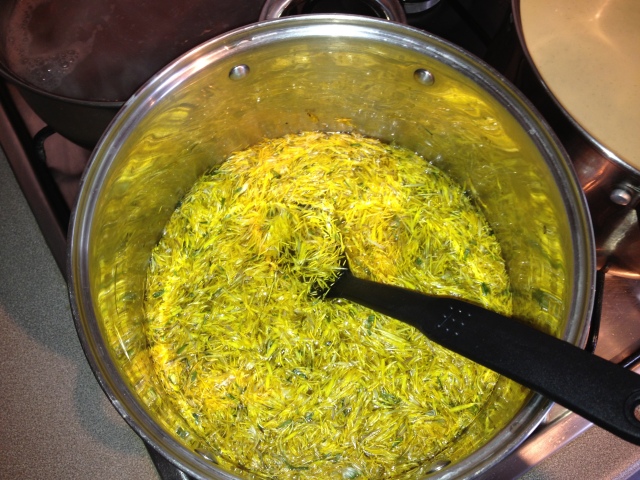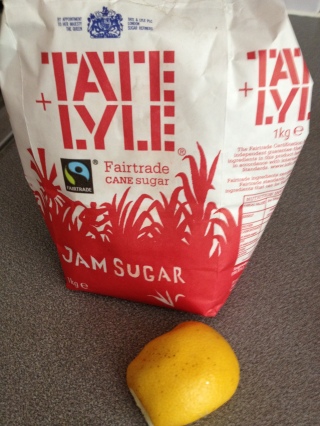
Viola Flowering July 2013 PJ taste
Writing now on the 7th July, three days into a veritable heat wave, its easy to forget that at the same time last year things were quite different – here’s a local weather snippet from 7th July 2012:
“Just been to (what should have been) a tractor-pull event near Buxton in the Peak District. Needless to say the place was a mudbath and we just escaped from the car-park before the rain made it nearly impassable despite the 4×4.
That’s what 62mm of rain in just 7 days does around here, flooding also on the Ashbourne road going from traffic news.”
This increasing variability of the UK weather has a major impact on what is available and when on the foraging front. However, this adds to the excitement and anticipation of what might be found on any one excursion.
My first July target is a bit of a cheat – edible flowering plants. However, as many of these self seed, think Nasturiums or Borage, they can pop up in a rather random fashion adding some great colour and opportunities for adding spectacular garnishes to your desserts. The Viola is my current favourite. Derived from the true wild Sweet Violet, Viola odorata, which flowers beautifully in the great outdoors in March and April. My first grown from seed Violas have left it until now to start flowering – the results of a project started in March.
So look out for these flowers in your Grandmothers garden and remember not to eat anything until you are 100% sure of your identification and that they are from a clean and pure source – i.e no pesticides, additives or other nasties.
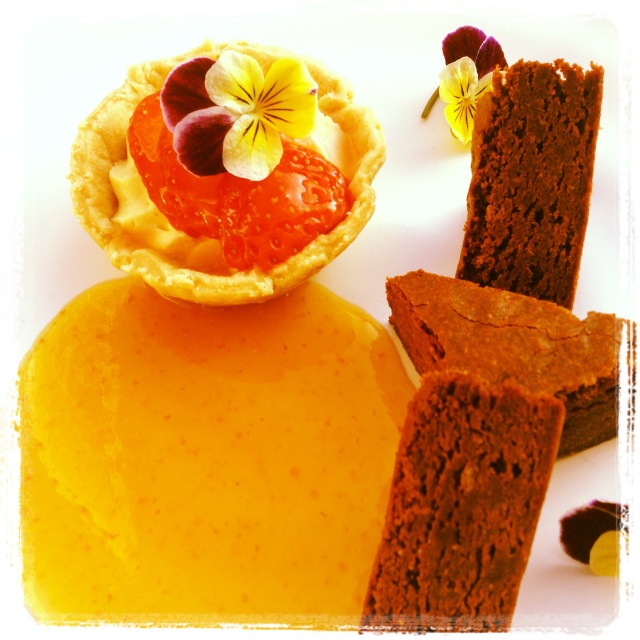
Violas used as decoration with strawberry and lemongrass tart with PJ taste Brownie
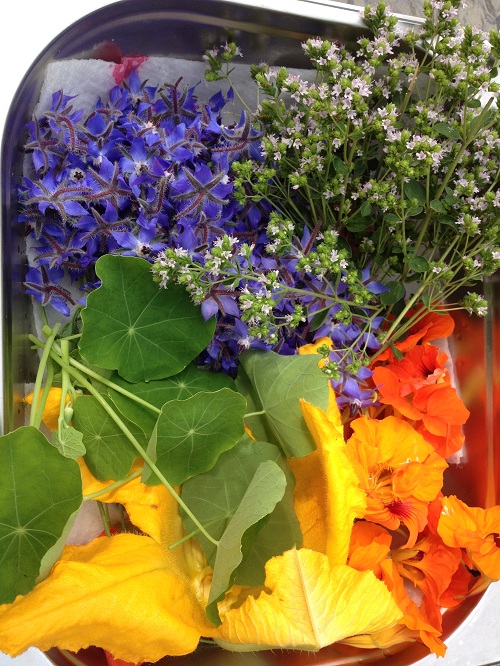
Borage (top left), flowering thyme (top right), nasturium leaves (bottom left), courgette flowers (bottom)
Wild cherry – Prunus avium
On to a true wild tree – or is it. Many of our urban cherry trees are municipally planted but the fruit is non the worse for this. The hot spell of weather has accelerated the ripening and suddenly in the last few days the fruit has started to turn a lovely burgundy red. There are loads of cherry trees around and a forager with foresight would have noted their location from the giveaway displays of blossom earlier in the year.

Cherry Blossom in May – Crookes valley Park Sheffield
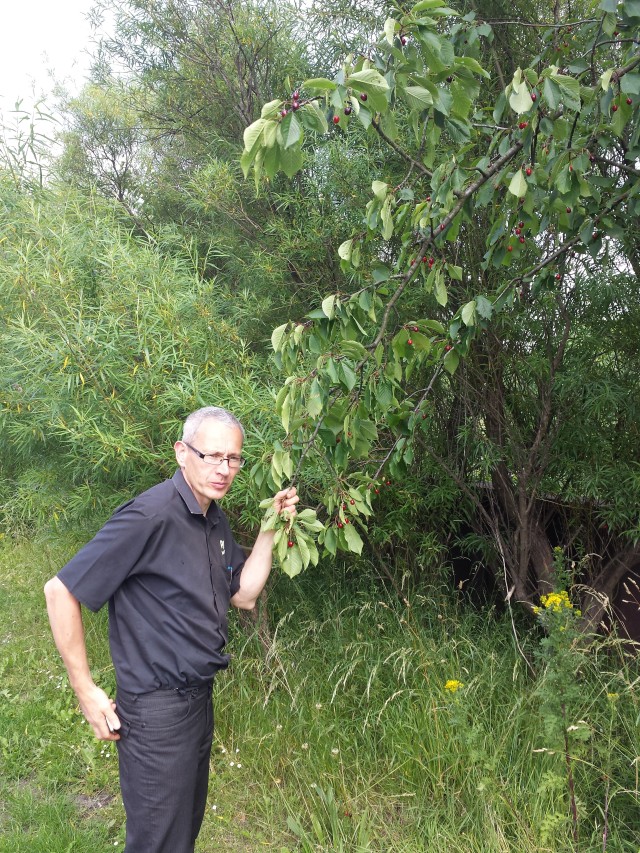
Cherries ripening in Catcliffe 8th July 2013 – roadside
These cherries although small were quite sweet and enjoyment is to be had by either jumping to catch a branch or climbing to get to the tantalising higher and better looking fruit. Wayside cherries are great to munch on whilst on the hoof but if you collect enough and manage to get them home intact there are a variety of recipes. Why not try Wild Cherry Brandy, made very much like Sloe Gin – as easy as pie by adding a little sugar to the cherries before sousing with brandy and sealing in a jar for a month or too. Just don’t use a VSOP!
An equally easy pudding (apart from stoning the cherries) is a clafoutis – heres Nigel Slater’s recipe.
Fat Hen – Chenopodium album
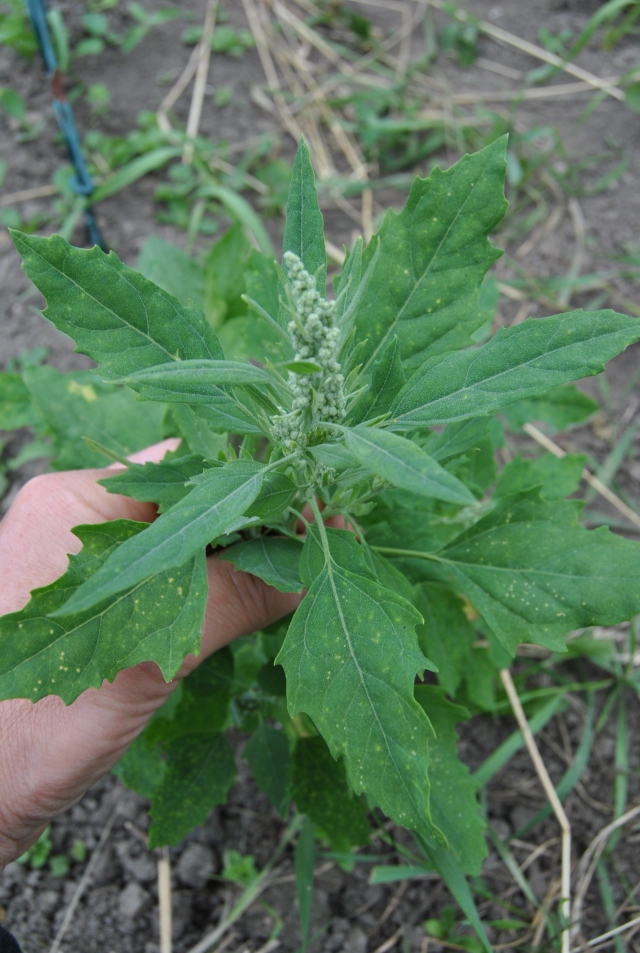
Fat hen – a maturing plant forming seed head – the waxy coating is not so evident on the leaves as in a younger plant
Another name for this is wild spinach and our tamed spinach is indeed derived from this member of the goosefoot family – so-called because the leaves resembled webbed feet! The seeds can lie dormant for many years before appearing in all sorts of waste ground, trampled areas of your allotment and in forgotten green parts of the city. It is a problem weed in agricultural areas but the best solution is to eat it as it’s really very good. More potassium and magnesium than spinach (so good for helping muscle, heart and nerve function). One of the main identification keys (other than the leaf shape) is that the whole pant is covered in a fine waxy like powder which seemingly protects the leaves from pests. This explains why it survives slugs better than spinach on my allotment and is surely an indicator that natural survival mechanisms worked better than adding pesticides or slug pellets?

Young fat hen sprout growing up to the left of thriving spinach – easy to weed out but why not grow in tandem and compare and contrast?
Fat hen can be used in a variety of ways although does not cook down in steamy water as well as spinach (its waxy protection acting against this). However, when cooked down in oil or butter and garlic its amazing. I like the recipe in the River Cottage Handbook 7 – Hedgerow for Hen Chicken – a chicken breast stuffed with fat hen. We cooked it a couple of years ago with Rivelin Valley Chicken on location for our Wyming Brook Challenge. Or just keep it simple and use in a seasonal salad – here’s my lunch with mackerel, spelt grain and carrot salad, fat hen and spinach with some lettuce and early flowers (borage, viola, courgette and nasturium leaves).
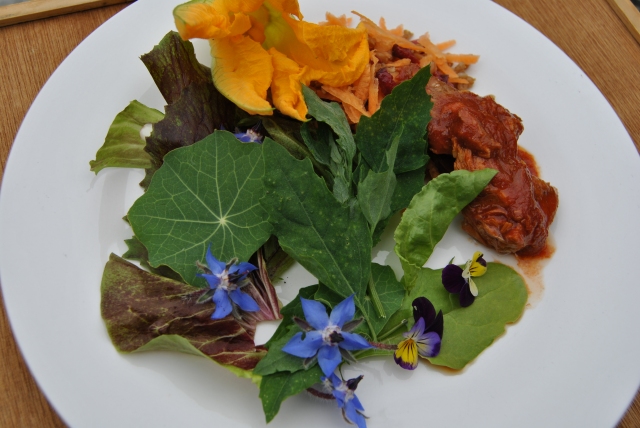 Enjoy your July foraging and enjoy the outdoor sun and light whilst it lasts!
Enjoy your July foraging and enjoy the outdoor sun and light whilst it lasts!
